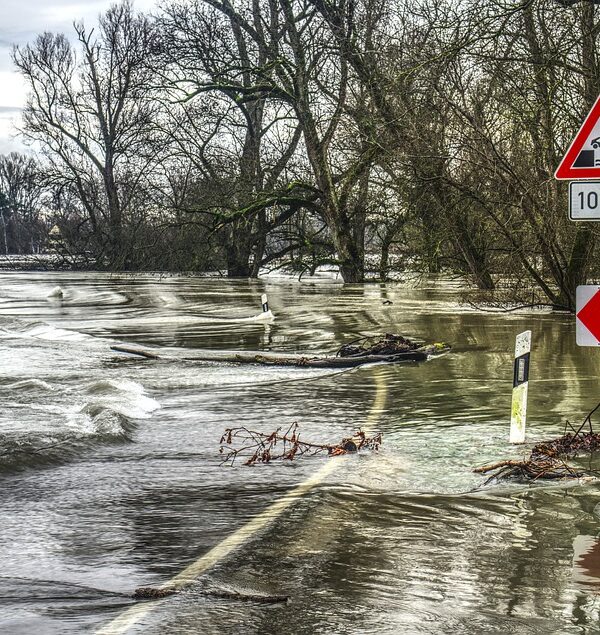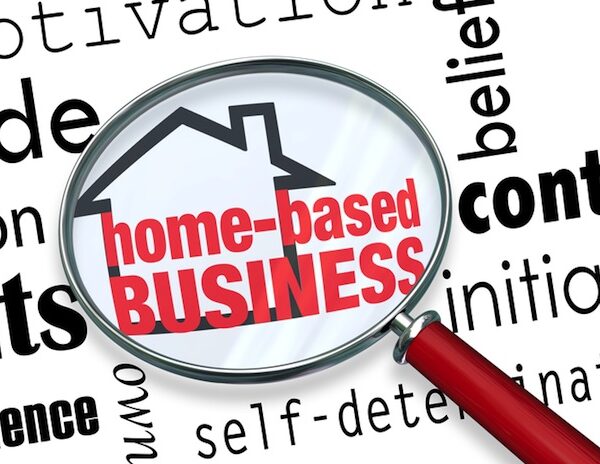Courtesy of iii.org Floods occur in every region and 90 percent of all natural disasters the United States involve some type of flooding. Minimize the damage and losses from a flood by taking these precautions. Understand flood watches and flood warnings There are different alerts for floods, depending on the type of and immediacy of the potential danger. Educate your family and yourself about your community's flood warnings: Flood watches are issued when rain is heavy enough to cause rivers to overflow. Flood warnings describe the severity of the situation and indicate when and where the flood will begin. Flash flood watches are issued when heavy rain is occurring or is expected to occur. Flash flood warnings are issued when flooding is occurring suddenly. In the event of flash flooding in your area, move immediately to high ground. Take practical measures to protect yourself, your family and your property Preparedness is paramount when it …
Insurance & a Home-Based Business
Courtesy of iii.org Whether you’re running a part-time, seasonal or full-time business from your home, you’ll want to carefully consider your risks and insurance needs. Starting a business—even at home—can be a challenging venture, and having the right insurance can provide a financial safety net and peace of mind. Your insurance choices should, in part, be based on the type of business you operate. For instance, if you’re a sole practitioner home-based accountant, you’ll have very different insurance needs than your neighbor who runs a childcare business. When considering insurance for your business, here are some questions to ask yourself: What type of business do I run? What are the potential risks faced by your type of business? What is the value of my business property? Do you have expensive equipment, such as cameras or commercial printers? Do you stock valuable business inventory, such as gemstones? Does my business have employees? Do customers or contractors …
Insurance for a Condominium Insurance?
Courtesy of iii.org Because co-op and condominium owners share their building structures, two policies—a master policy and an individual policy—are required to fully protect all parties involved. Learn more about insuring a co-op or condo. If you are purchasing a condo or co-op, the bank will require insurance to protect its investment in your home, and your co-op or condo agreement will likely require you to have insurance, as well. There are actually two different policies necessary to fully insure co-ops and condos—a master policy for the building, and an individual policy to cover you for liability, to protect your belongings and to insure any apartment structural elements that are not covered by the master policy. Here's what you need to know about each type of insurance. The master co-op or condo policy This is the policy that protects the entire apartment structure; the building management is responsible for it and its premiums come out of your maintenance fee …


